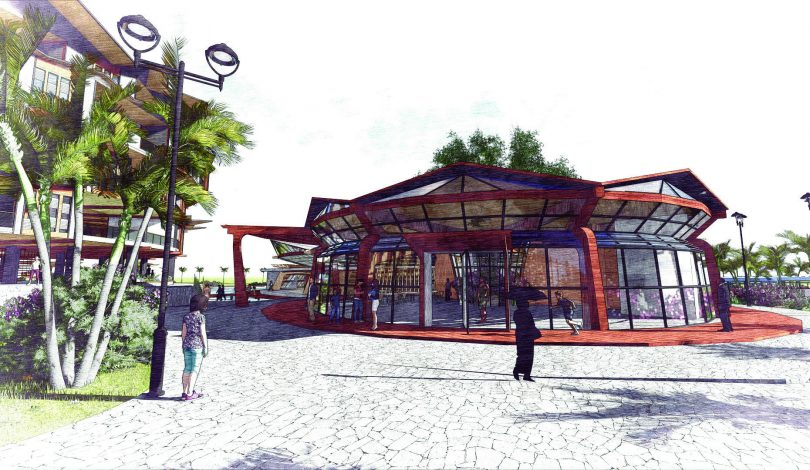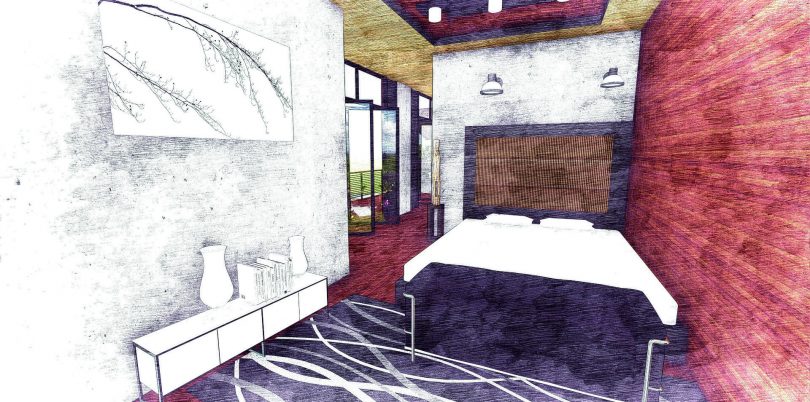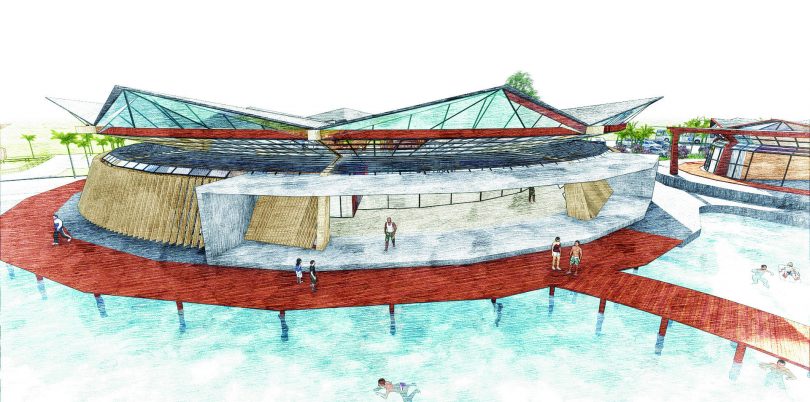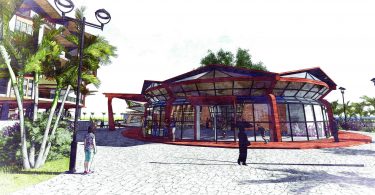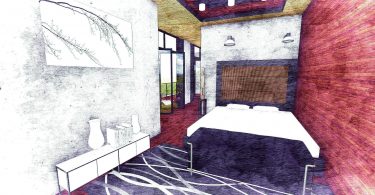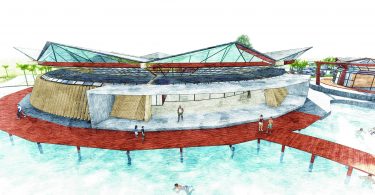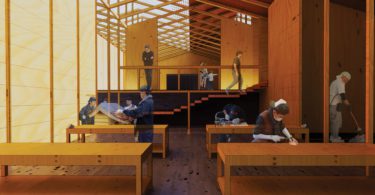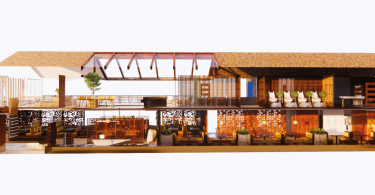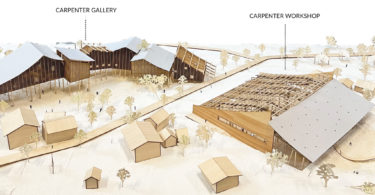In today’s world, our daily habits and routines requires us to maximise our potential in order to keep up with the swift progress in modern technology, but may accordingly cause higher levels of stress and the risk of frailty. Because of this, many individuals are concerned with preserving their maximum status of fitness in order to be more productive in their daily activities.
LOCATION
Talisay City in the Philippines has a moderate climate. To take full advantage of economic development opportunities, the city aggressively promotes its competitive advantage by creating a clear vision that serves as a basecamp for the long-term vision of becoming a model for balanced development by 2040. It envisions the city as a place where essentials of life and leisure are characterised by an ecologically balanced environment, peaceful and orderly community, accessible health, and recreational and transportation facilities that are all anchored on good governance.
In addition, people in the city need to have an alternative source of income in order to achieve a decent standard of living, but still preserve agriculture as their specialty. This is where agritourism comes in—it develops the agricultural industry by encouraging tourists to pay attention to the potential of the specific industry.
LIGHTWEIGHT BUILDING MATERIALS
A building should last long and be comfortable. This can be difficult in the tropics, where termites or ants emerge through concrete floors to eat furniture and walls. Paints and metals that are exposed to the sun and rain break down quickly.
One of the most important goals is to build with lightweight and low heat-storing materials so that there would not be much heat radiated towards the inside. Local materials are also utilised, such as amakan, which is made with local bamboo and used for insulation and absorbing heat.
Glued laminated timber is the main structural component for the whole structure. It provides comfort for the users and flexibility for the structural feature. Mahogany—a flexible kind of wood with natural finish—is produced locally for convenience.
Glass panels are used for the outer layer to maximise transparency. This was inspired by a glass garden for plants, which is suitable because indoor plants are present within the structure. Glass can also help with natural ventilation.
The rough or natural finish of the materials is used to provide a natural feel of the area and offer a welcoming feeling for the users. The marble floor finish provides an elegant look and raw earth fills the space for the indoor plants. An interior water feature is also present.
CONCEPTUAL APPLICATIONS
The roof design maximises the rainwater collection, which can be used for watering plants, flushing toilets and other necessities. The roof also provides a wide shade that works with glass.
A horizontal louvre system is provided at the upper section of the structure to maximise the passive cooling within the structure, which is provided by the wind movement on the site. The louvres are also placed in the specific area to prevent rainwater from entering. The louvres can be closed in case of heavy storms. On the other hand, a vertical louvre system is used to adapt to the weather. It can be opened during cloudy days or days with enough sunlight for natural lighting, or closed on sunny days. All of the louvres can be closed and opened at will.
PROJECT DATA
Student Name: Kenaz Bert C. Remolano
School: La Consolacion College Bacolod
Programme: BS Architecture 5
Instructor: Ar Rogelio M Diaz, PhD
Project Name: Hacienda Mana-ol, Farm Resort and Wellness Facility
Location: Negros Occidental, Negros Island, Philippines
Site Area: 5 hectares
Gross Floor Area: 8,516 square metres
Number of Rooms: 57 accommodation rooms
Building Height: 9 metres
Images: Kenaz Bert C. Remolano

 Malaysia
Malaysia Hong Kong
Hong Kong Indonesia
Indonesia Tiếng Việt
Tiếng Việt ประเทศไทย
ประเทศไทย


